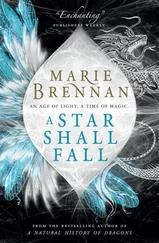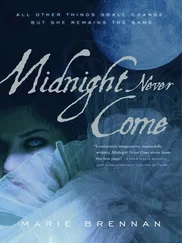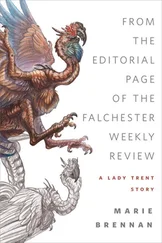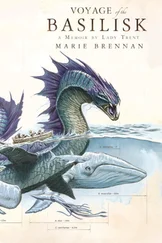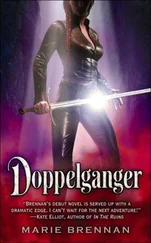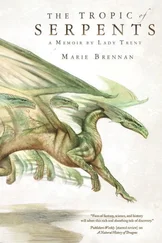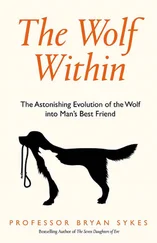My lack went further than that, however. As I have said, the Draconeans use mews in their work, much as a Scirling shepherd uses a sheepdog. Suhail, Tom, and I had experimented with training the beasts in Hlamtse Rong during the monsoon, but our model had been that of falconry; the Draconean method is quite different. They employ neither jesses nor hoods, and direct the creatures with a complex series of whistled commands. Each pack of mews is paired with a specific herd of yaks, and is not much use in shepherding unfamiliar beasts.
How any of this was achieved quite perplexed me. Ruzt tried to explain, but we spent enough time attempting to circumlocute our way to simple agreement on what a word meant that digging deeper, into the actual concepts represented by those words, was beyond me. (At home, in a comfortably warm house, I might have managed it. Not with my brain frozen into a block of ice.) Even now it is a mystery. The customary explanation is that the rapport between Draconeans and mews is based on some kind of “shared draconic instinct”—but of course that is no explanation at all, any more than one can explain the survival of fish in water by recourse to some kind of “inherent piscine ability.” Fish survive by means of gills; what the Draconeans use to create understanding between themselves and mews, I do not know.
Whatever it may be, I lack it utterly, and so I could not make use of the mews. I was not quite so useless as Zam expected me to be, though. One cannot spend one’s lifetime tramping through every kind of wilderness the world has to offer in search of beasts without acquiring a modicum of tracking ability; and I had more than a modicum. I doubt I could follow a human or Draconean who sought to hide their passing, but yaks have no such subtlety. I suspect I could track one even now, when my vision is far from what it used to be.
I therefore spent much of my time ranging away from my companions, identifying whether a given set of prints belonged to an errant herd or one being overseen by a Draconean from another village. When we located our beasts, Ruzt and Zam used the relevant pack of mews to round them up, and then Zam escorted yaks and mews alike back to Imsali. These were my coldest nights, especially as the task wore on: without Zam, and with the number of mews inside the tent dwindling steadily, there were many fewer bodies to heat the air inside.
One night while Zam was gone it began to snow again, and Ruzt resorted to sheltering in a small cave on the flanks of Anshakkar itself, that central mountain. (I call it central: in truth it is somewhat off-center, being closer to the eastern edge of the Sanctuary than the western.) There she built a fire, and erected the tent so that it stood between the flames and the outside air, with a gap for the smoke to escape. Without such precautions, I suspect I would have died that night—and even Ruzt might have gone to sleep, not to wake again until spring.
After we had finished eating, I spent some time examining one of the mews. Those bred by the Draconeans are noticeably more docile than their Tser-zhag cousins: an unsurprising difference, but what was its cause? Had the Draconeans tamed and domesticated wild mews, or were those outside the Sanctuary the feral descendants of escapees?
It was one of many questions I lacked the linguistic facility to ask. I confined myself to physical examination instead, which I had not had much leisure for in the preceding days. My recollection of the mews Tom and I had dissected in Hlamtse Rong told me the main alar artery was located in a different position on them than it was on the Draconeans—in fact, it ran through a channel in the bone, where I could not feel it with my fingertips. Holding up the mew I had been studying, I asked Ruzt, “Do they close it? In the wing, as you do.”
She understood me, and circled her head in the motion they used to indicate that the answer was neither yes nor no. “Not as we do. They close… part of it? In the spring—” Her own wings were partly spread to capture heat from the fire; now she tapped one claw-tip against the membrane and made a dropping motion with her hand.
The membrane of the mew’s own wing had not felt especially warm to my touch, nor especially cool; upon reflection, it was about the same temperature as the surrounding air. The only warmth I felt was contained along the wing’s leading edge—as if that were the only place where blood yet flowed.
“They moult, ” I said in fascination, staring at the mew. When I tried to tug at its wing, it yowled indignantly and squirmed away. Which is probably just as well; I later saw a fight between rival packs of mews, in which one tore the membrane of the other’s wing clean off. I might have done the same by accident. They do indeed moult when spring comes, growing in new membrane to replace the old. It is an inconvenient time for the Draconeans, as the mews are of no use whatsoever during that time; and indeed they are of decreasing use as the winter progresses, for they lose maneuverability on account of both this adaptation and the damage they may suffer without feeling it.
I made a halfhearted attempt to catch a second mew in my hands, but they were having none of it, and I lacked the energy to pursue them further. Ruzt watched this entire process in silence; then, when I was settled once more, she said, “Why do you ask these questions?”
Never in my life have I been so ill equipped to answer that query. It is hard enough when I must explain myself in my native tongue; in Draconean, I could barely string together an entire sentence that was not about yaks. Floundering, I said, “It is… what I do. I—” At every turn, I ran up against the limits of my vocabulary. “Begin to know? As I begin to know these words.”
“ Azkant, ” Ruzt said.
I hoped that was indeed the word for “to learn.” It was recognizable as a verb, at least; but I had on previous occasions thought I was asking for one word, only to discover later that Ruzt, misunderstanding, had supplied me with a different one. “I learn about… mews. And other animals.” I had not realized before now that I had no general word for “dragons.” There were none in the Sanctuary save the mews and the Draconeans themselves. The next time I had an opportunity to draw, I would sketch a variety of other breeds—rock-wyrms, desert drakes, queztalcoatls—and see whether Ruzt had a word that encompassed them all. She might well not. Her ancient ancestors might have created enough breeds to need such a term, but here in the Sanctuary, such a thing would fall into disuse and be forgotten.
Ruzt was clearly still confused. “As you herd yaks,” I said. “I learn about animals. It is what I do.”
My sentences were clear; my calling was not. There were no universities in the Sanctuary, no intellectual societies of scientists who pursued knowledge regardless of practical use, any more than there were in Hlamtse Rong or Keonga or Mouleen. I might as well have said it was my profession to load myself into a cannon and shoot myself to the moon: that would have been equally beyond her ken. And I had neither the will nor the words to try and explain. We bedded down without carrying the thought further, and did our best to sleep.
* * *
When I woke the next morning, the only thing that persuaded me to leave my blanket was the knowledge that I would be warmer if I moved around. Ruzt was sluggish as well, and we, by unspoken agreement, left our belongings where they lay. If the next night was anything like the previous, we would need the cave’s shelter again. If it were not… then we would be glad of a more comfortable night we did not have to walk very far to obtain.
Once outside, we separated and began to search. The terrain there was not so fierce as to pose a danger to either of us; if it were, the yaks would not have been as likely to venture into onto Anshakkar’s flanks. Unfortunately for us, it was a sighting the previous day that had led us here, not tracks, and so all we could do was quarter the area in the hope of stumbling upon some further hint of their presence.
Читать дальше


